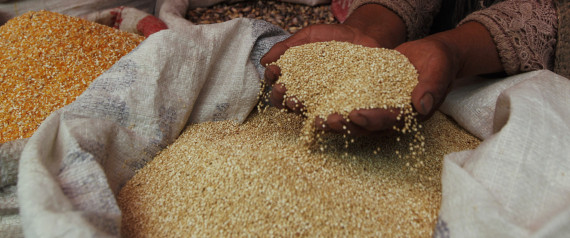It’s easy to forget that chocolate is a fruit. It’s born on a tree and undergoes several steps that transform the bitter, astringent seed into the rich, flavorful bars that we know.
Let’s take a little time to ponder the botanical story of chocolate and retrace the journey from its tropical origin. The cacao tree (officially, Theobroma cacao; theobroma translates as “food of the gods”), was classified in 1753 by Swedish scientist Carl Linnaeus. The most recent genetic research points to the upper Amazon rainforests of South America—near present-day Bolivia, Ecuador, and Peru—as its origin. It grows only within a narrow latitudinal band, between 20˚N and 20˚S of the equator. From its origins in South and Central America, cacao cultivation now spans the circumference of the globe within its tropical range. West African countries, namely Ghana and the Ivory Coast, currently provide about 70 percent of the world’s cocoa supply.
The cacao tree is fairly small, commercially bred to grow roughly 9 to 12 feet high. Like grape vines, cacao must often reach six to seven years maturity before producing a full yield of fruit. Its fruit, the cacao pod, develops from flowers that blossom directly from the trunk and thicker branches of the tree, reaching maturity in five to six months (thus sometimes allowing for two harvests per year). Each individual bean is comprised of an outer shell, the germ, and the nib. Conveniently, one pod’s worth of beans produces a 100-gram bar of chocolate.
via How To Make Chocolate | Lucky Peach.












